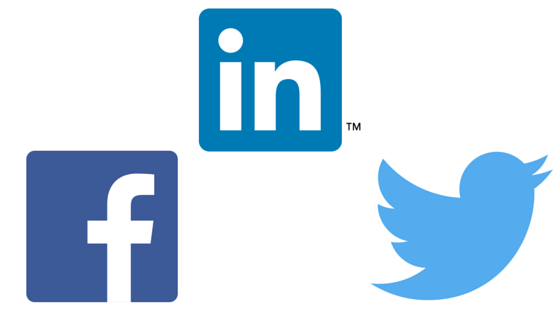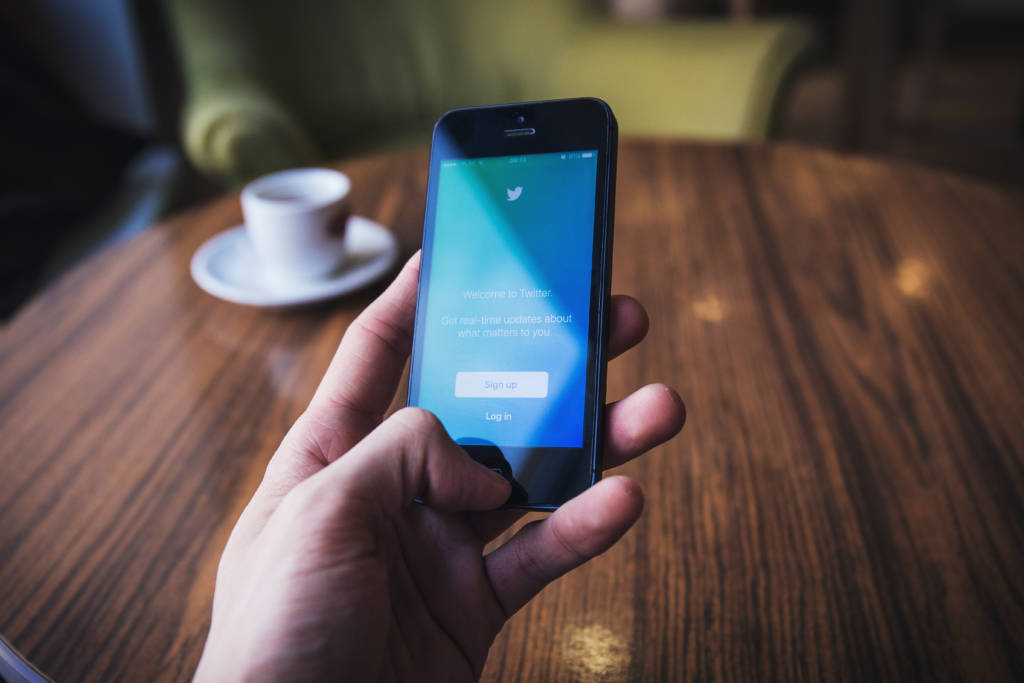- Blog Home
- Social Media Marketing
- Nico Canova
- Social Media Tips For Small Businesses: Facebook, Linkedin, And Twitter
Social Media Tips for Small Businesses: Facebook, LinkedIn, and Twitter

If you are the digital marketer for your small business, you know that optimized content marketing is the name of the game in today's marketing landscape. However, there are so many kinds of businesses, social media platforms and styles of content that it can feel like a whirlwind getting started. So what's a marketer to do? This course in Scripted's digital marketing course is all about social media tips for small businesses.
By breaking your marketing strategy down into tasks and examining the "why" for each decision, you can start to make the process a little more manageable. First, lets tease apart the differences in channels like Facebook, LinkedIn and Twitter. There are other important networks to consider, like Tumblr, but for today we'll focus on these big 3. We'll take a peak into who should be using each platform and what they can achieve with a bit of strategy and personality.
Social Media Tips for Small Businesses: Facebook
While B2B marketers can use Facebook to reach their audience with relative success, B2C marketers have had the widest range of success on Facebook. Businesses in the fashion, retail, technology and restaurant industries continue to rope customers in with calls to action, new product images and posts that help reveal company culture. Threadless, a clothing company, demonstrates the power of using Facebook for marketing with beautiful imagery, contests and a solid user experience that meshes well with their website.
In the B2B world, Agilent Technologies shows how a seemingly "boring" measurement company can soar with fascinating scientific content. The company takes advantage of Facebook to explain how they use cutting edge technology to create incredibly beneficial tools.
See More Social Media Tips for Small Businesses: 4 Ways Facebook Ads Can Help Your Content Catch On
Another upside to Facebook marketing is that the platform offers free, built-in analytics to show who is liking,commenting and engaging with your page. This is especially useful for new companies that are still in the process of collecting information and learning about the characteristics of their target audience.
But what about the cons of using this channel for content marketing? If your business uses Facebook, you may have noticed that it is increasingly difficult to improve post visibility. Business pages with a small handful of likes will have their posts show up in followers' newsfeeds naturally. But as a business grows to several hundred likes, Facebook lessens the amount of help it provides. You may notice that your posts are getting few views in comparison to how many followers you have. This is likely to encourage businesses to purchase "boosts" for posts, helping Facebook generate income. To counteract this, review your page's data to determine the best days of the week and times of day to post for your audience.
Read More Social Media Tips for Small Businesses: How Does Google and Facebook Measure Your Content's Quality?
Social Media Tips for Small Businesses: LinkedIn
Linkedin is statistically the strongest social media platform for B2B marketers to reach their audience and generate leads. One study showed that 80% of business leads came from LinkedIn, while just over 19% came from four other famous platforms combined. The key is to stay active and share informative content that would appeal to your target audience.
Professionals value actionable content, and LinkedIn is the primary platform for positioning yourself as an influencer in any given industry. Another critical action is to take advantage of LinkedIn's showcase pages, which allow B2B businesses to introduce their brand and nurture long-term relationships with other companies.
HP does a phenomenal job with their LinkedIn profile, where they analyze big data, post custom graphics, and create space for thought leadership with informative posts.
See Also: How Small Businesses Can Use LinkedIn's Publishing Platform
The downside to using LinkedIn for marketing is that authenticity is not always present. You'll undoubtedly encounter spam companies that are looking to forge phony connections, repeatedly asking you to make a purchase. This makes many users wary of accepting any new introductions, even if they are legitimate. LinkedIn can also be time-consuming in that it requires users to ask to be introduced to other users before a conversation can even begin.
Social Media Tips for Small Businesses: Twitter
While few could have predicted it, this 140-character platform has become central for marketers looking to establish themselves as authorities in their industry. After much probing from a variety of industries, Twitter teamed up with Market Probe to conduct a study. Their findings showed that "72 percent of followers were more likely to buy something from a business they follow." Because of its simplicity, many brands use Twitter as a customer service platform, responding to questions and complaints in real time.
See More Social Media Tips for Small Businesses: How to Use Twitter for Customer Service
One downside to marketing with Twitter is that users update frequently throughout the day, thus increasing the chances that your content will be buried in a sea of hourly updates. Thus brands have to be strategic with post timing. Research shows that engagement times differ for B2C and B2B marketers -- B2C experiences higher engagement on weekends, while B2B engagement is higher on weekdays.
The challenge for SaaS (software as a service) companies is that they are often technologically advanced,making their service highly specialized and difficult to explain to the average customer. Oracle does a great job of circumnavigating this problem, using Twitter to broadcast live events and introduce new services, trainings, and news in an approachable way.
Measuring Success
Of course, social media platforms are only truly effective when you can track and measure results objectively. Brands must be careful not to fall into the all-too-familiar trap of measuring outputs instead of outcomes. Dedication and regularity is crucial on each of these platforms. However, it's not the quantity of posts you publish per week, but the quality of feedback that matters most.
Start by monitoring engagement on the surface -- are you steadily receiving more comments, clickthroughs or likes? Then, delve deeper -- what kind of content consistently outperforms the rest? How can you expand upon and produce more of these kinds of posts? Brands can also keep track of ROI for each social media platform using analytics tools. By regularly linking back to a website, brands can use social media to publicize new promotions, directly increase sales and build brand loyalty one post at a time.
Read More: 5 Influencers Tell Us How they Measure Content Marketing Success
Those are our social media tips for small businesses. Find more social media knowledge by reading more from our digital marketing course in Scripted University.
Published by Nico Canova on Monday, May 16, 2016 in Social Media Marketing, Business, Facebook, Linked In, Marketing, Twitter.


